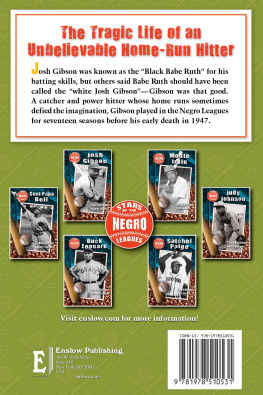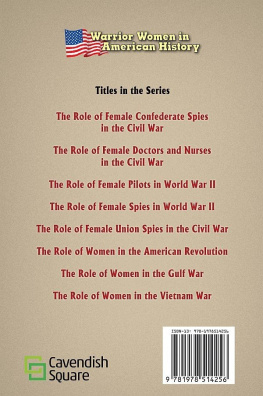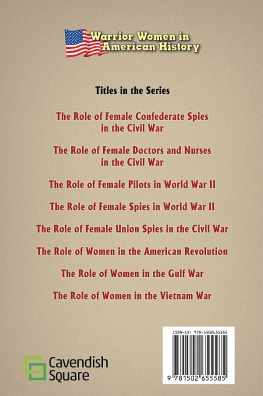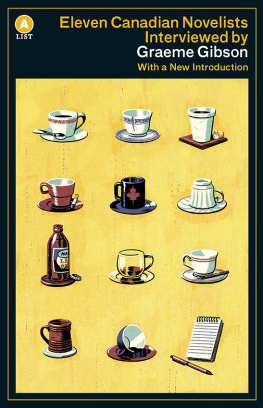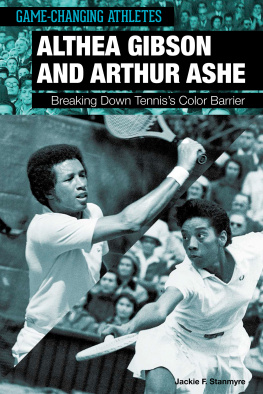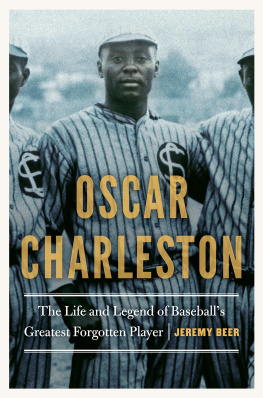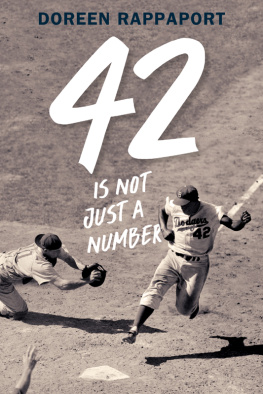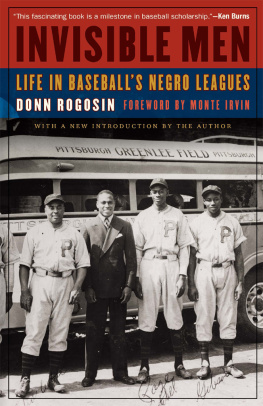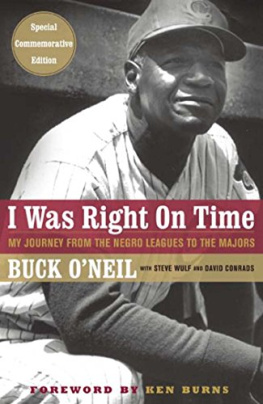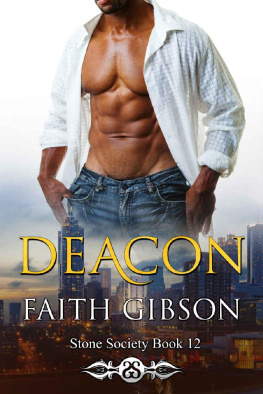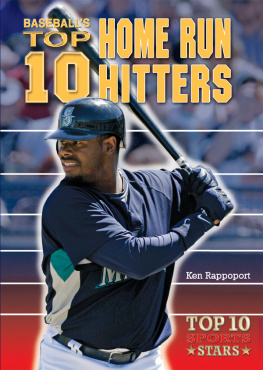
Josh Gibson
Catcher and Power Hitter
Published in 2020 by Enslow Publishing, LLC.
101 W. 23rd Street, Suite 240, New York, NY 10011
Copyright 2020 by Enslow Publishing, LLC.
All rights reserved.
No part of this book may be reproduced by any means without the written permission of the publisher.
Cataloging-in-Publication Data
Names: Murray, Hallie.
Title: Josh Gibson: catcher and power hitter / Hallie Murray
Description: New York: Enslow Publishing, 2020. | Series: Stars of the negro leagues | Includes bibliographic references and index. | Audience: Grades .
Identifiers: ISBN 9781978510531 (library bound) | ISBN 9781978510524 (pbk.)
Subjects: LCSH: Gibson, Josh, 19111947Juvenile literature. | Baseball playersUnited StatesBiographyJuvenile literature. | African American baseball playersUnited StatesBiographyJuvenile literature. | Negro leaguesHistoryJuvenile literature.
Classification: LCC GV865.G53 M87 2020 | DDC 796.357092 [B]dc23
Printed in the United States of America
To Our Readers: We have done our best to make sure all website addresses in this book were active and appropriate when we went to press. However, the author and the publisher have no control over and assume no liability for the material available on those websites or on any websites they may link to. Any comments or suggestions can be sent by email to .
Portions of this book originally appeared in Josh Gibson by Nick Twemlow.
Photo Credits: .

Introduction
M ost people have heard of the great Babe Ruth, but far fewer people have heard of Josh Gibson, the Negro Leagues player whose hitting ability matchedand maybe even surpassedthat of the Bambino himself. During his brilliant career, Josh Gibson barely registered a blip on the American baseball radar screen. The man often called the Black Babe Ruth slipped through his short life barely noticed by a baseball-crazy American public. Admired by his fellow players, and perhaps the most powerful home-run hitter ever to put a bat to a ball, Gibson hit an estimated 900 homers over his career.
In contrast to his occasional teammate and frequent rival, Satchel Paige, Gibson remained a quiet and mysterious figure to both fans and historians. Paige was a colorful figure with a larger-than-life personality, and when he squared up against the stoic, powerful Gibson, fans were in for a treat. But after his untimely death at the age of thirty-five, Gibson largely faded away.
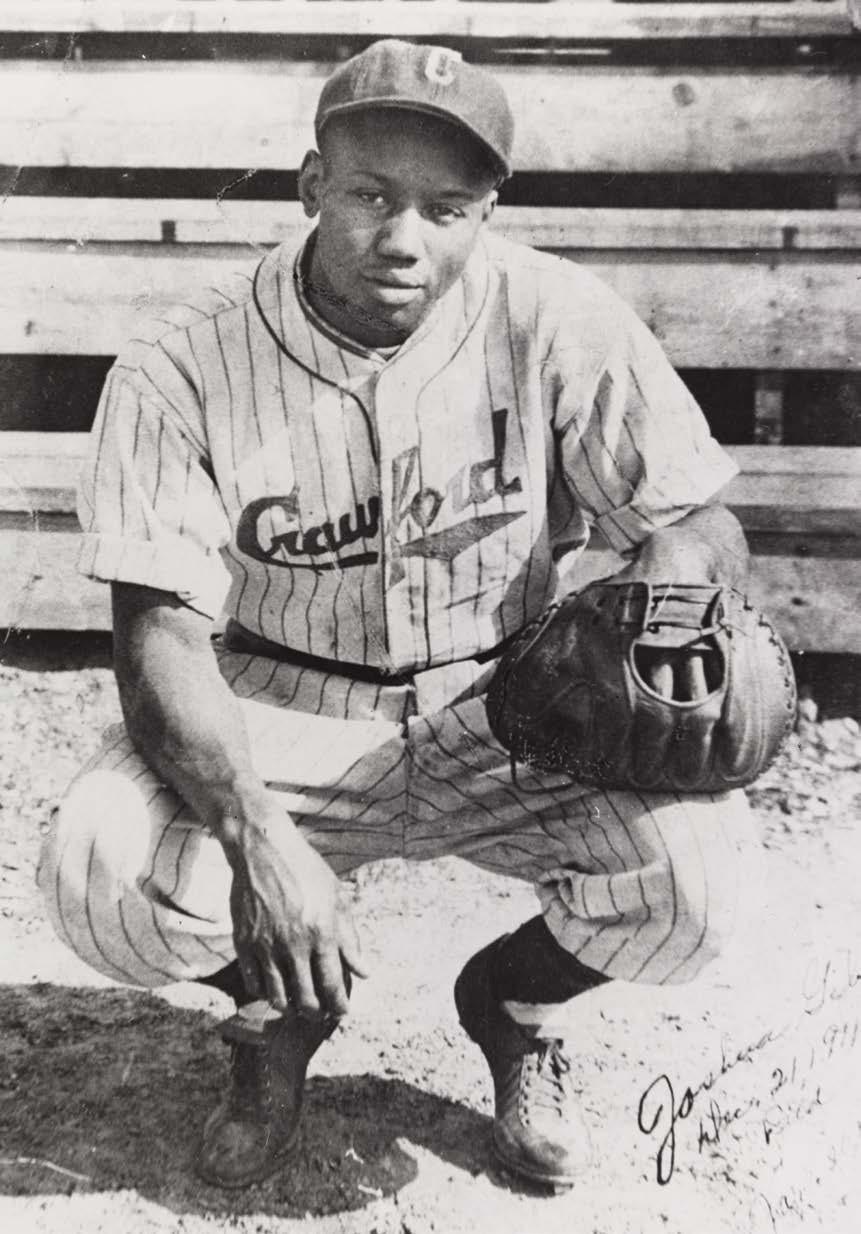
Josh Gibson was one of the most famous Negro Leagues players of his day. Here he is in the 1930s in a catching stance in his Pittsburgh Crawfords uniform.
Gibson officially died from a stroke after years of headaches and dizziness caused by a brain tumor, but according to baseball legend, Gibson died of a broken heart. Gibson was considered one of the best players in the Negro Leagues, if not the very best, but when it came to breaking the Major League Baseball color line, he was overlooked in favor of a young player named Jackie Robinson. Its said that the heartbreak of missing the chance to play in the majors is what killed Gibson in the end, though his struggles with alcohol and drugs were probably the real culprit.
Gibson started playing baseball as a kid when his family moved to Pittsburgh, Pennsylvania. He idolized players on the local team, the Homestead Grays, and after dropping out of school after finishing ninth grade, Gibson started playing with recreational teams in the Pittsburgh area. He was a big deal on these teams, both in terms of physical size and in talent, and soon gained a reputation as a good catcher and, maybe more importantly, a powerful hitter whose homeruns went farther than anyone elses in his league.
Thanks to a series of improbable circumstances, Gibson ended up playing for the Grays starting in July 1930. He spent most of his career with the Grays and gained a reputation as a phenomenal power hitter and great catcher. But Gibsons personal life was marked by tragedy. His first wife died during childbirth the same year he joined the Grays, and he was never really able to be there for his children. Later in life, he struggled with alcohol dependency and likely abused drugs like heroin and other narcotics, which didnt help his health. Gibson was diagnosed with a brain tumor in 1943 but didnt want to have surgery, so he spent the next four years with bad headaches and other difficulties. In January 1947, he passed away, just after turning thirty-five.
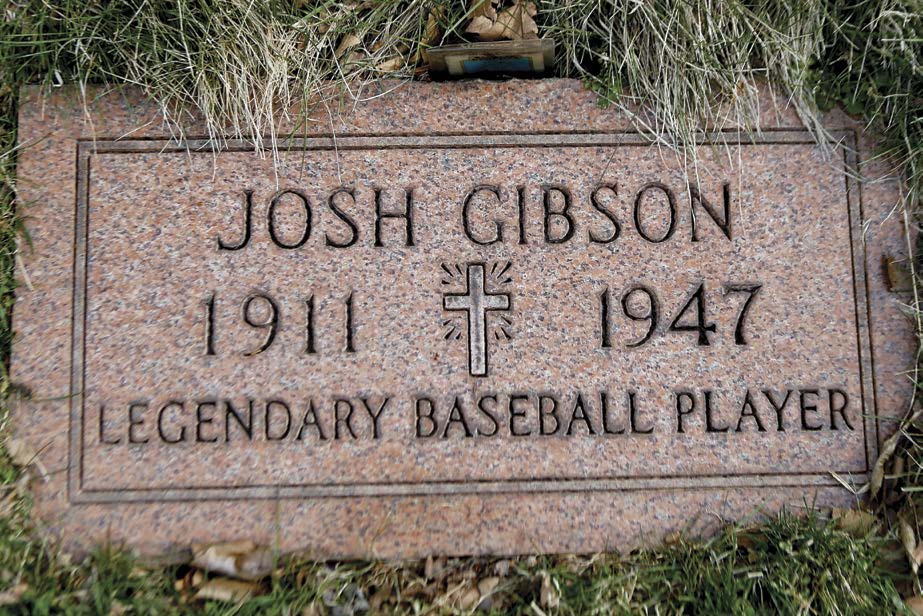
Gibson passed away on January 20, 1947, less than a month after his thirty-fifth birthday. He is buried in Allegheny Cemetery in Pittsburgh, Pennsylvania.
In 1971, Gibson was posthumously inducted into the Baseball Hall of Fame, the second player to be inducted based on his career in the Negro Leagues. The first primarily Negro Leagues player to be inducted was none other than Gibsons longtime rival, Satchel Paige. Gibsons son, Josh Jr., also played for the Homestead Grays and helped honor his fathers legacy through the Josh Gibson Foundation, which supports youth athletics and academics. Though Gibson was overlooked for a long time, in recent years, hes been better recognized in history and in art. Theres even been an opera written about him! Called The Summer King, it premiered in April 2017 in Pittsburgh.
By looking back at Gibsons life and the lives of other significant Negro Leagues players, we can gain a better understanding of the history of baseball and the effects of segregation in the sport and in the wider culture. Maybe one day the names of Negro Leagues greats like Josh Gibson, Buck Leonard, Satchel Paige, Cool Papa Bell, and many others will be as famous to baseball fans as those of white legends like Babe Ruth. The only way to make sure that happens is to keep telling their stories and remembering the history, both good and bad, that got us to where we are today.
Chapter 1
The Early Days of Baseball
T he first recorded baseball game took place in Hoboken, New Jersey, on June 19, 1846, between the Knickerbocker Base Ball Club of New York and the New York Base Ball Club. Baseball, then a brand new sport resembling the British game of cricket, looked pretty different from the way it is today. The rules would barely be recognizable by todays standards. While today pitchers throw overhand from sixty feet and six inches away, back then pitchers threw underhand from a distance of forty-five feet, dangerously close to the hitter. Pitchers tried to get the batters, or strikers as they were called, out on four strikes. Fly balls caught were an out, but a foul ball caught on one bounce was also an out. Players played barehanded, and games would be over if one team scored twenty-one runs, rather than todays nine-inning structure.
At that point, baseball wasnt so much a sport as it was an upper-class leisure activity. Teams were usually made up of wealthy white men, and games were often an excuse for picnics and dances. Because they were grand social events, both men and women attended the games in great number, and over the next decade baseballs popularity soared.

